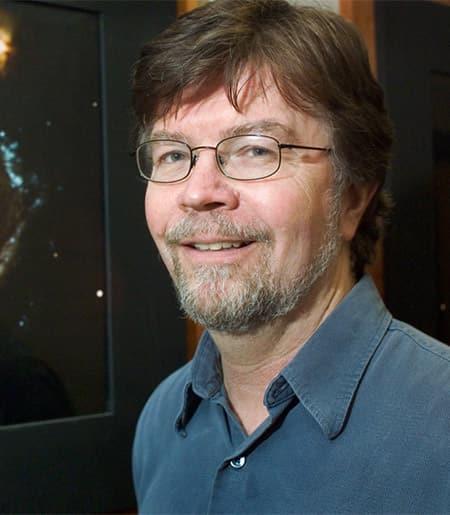Atmospheric Spectral Signals and Biosignatures
We focus on modeling planets and moons orbiting other stars than the Sun, for future atmosphere follow-up, focussing on Super-Earths and potentially habitable worlds (rocky terrestrial planets of 0.5-2 Earth radii) including objects orbiting in the “Habitable Zones” around their host stars.
Planets in the Habitable Zone
We model the Habitable Zone for a wide range of stars and atmospheric compositions and identify the known planets in it as priority targets to search for life.
Life on Earth as our Rosetta Stone
We use Earth biota as a Rosetta Stone for the search for life on other worlds, including creating a catalog of biopigment to be observed with missions that can collect reflected planetary light like the Habitable World Observatory. We also include life forms that are called “extreme” on our own planet, but could be dominant on other worlds. We develop observing strategies and mission concepts for future searches.
Planetary System Formation, Migration and Evolution
We use Earth and Solar System input of evolution of solid planets and moons, including features that shape their surfaces (e.g., volcanism), to model and study a wide range of possible planets and moons inside and outside our own Solar System.
Technological Development, Missions and their Influence on Humanity
We look at new approaches to space exploration, including technologies that may enable robotic missions to another solar system, cube sats, and robotic eels, and their influence on humanity.
Search for Habitable Environments in our Solar System
We explore the Solar System to understand how giant planets and their moons form and evolve, to search for habitable environments on and within moons (like Enceladus, Europa and Titan), and to examine the farthest bodies in the solar system for clues to the early history of the solar system. We also examine Earth and Solar System input of geophysical fluid dynamics and thermal evolution of solid planets, and the tectonic, glacial, and volcanic features that shape their surfaces to model and study a wide range of possible planets and moons inside and outside our own Solar System.
Technosignatures as Signs of Life
We explore the idea of technosignatures and how to find advanced, technological life in the cosmos, including SETI but also alternative observation strategies.
Using Machine Learning to Search for Signs of Life
We explore how to best use Machine Learning to search for Life in the Cosmos.
Share and Communicate the Excitement of the Search for Life
We explore how to share the excitement of the search for life in the universe with everyone, including schools, the public, music concerts, dance, pub astro events, etc. Come share your ideas with us to reach as many people as we can to share the excitement.

















































